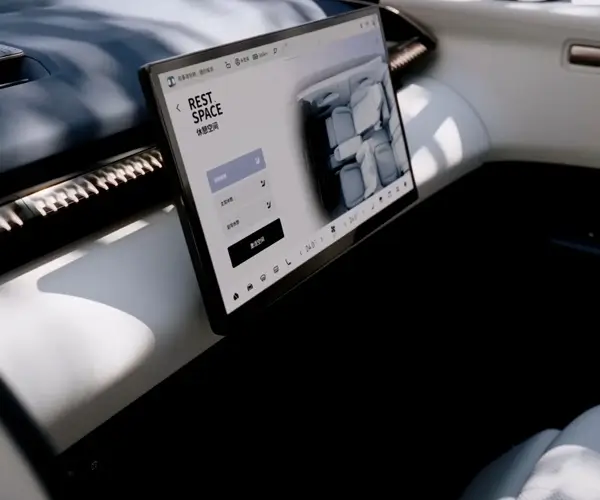Have you ever looked under the hood of software architecture and thought, “What’s the real difference between monolithic and microservices?” It’s a question that pops up all the time, especially when you’re trying to decide how to build or scale an application. Let’s see if we can unpack this a bit without diving into dull technical jargon. Think of it like comparing a traditional supermarket—big, centralized, everything in one place—versus a bunch of tiny specialty shops spread across town.

Monolithic architecture is kind of like that big, all-in-one store. All the features—shopping, checkout, customer profiles—are packed into one giant application. It’s straightforward at first, easy to develop, and deployment feels like opening a big box of Lego—everything fits together in a tidy, predictable way. But, once the store starts getting crowded, things get complicated. If one part needs an upgrade or breaks down, the whole system might need a fix, and that can slow things down for everyone. Scaling is also a challenge; you might need to upgrade the entire application, even if only one feature is sluggish.
Now, microservices, on the other hand, are like a cluster of specialized shops—each handling its own niche. Imagine a coffee shop, a book store, a bakery—all side by side. Businesses can grow by focusing on what they do best, independently. Think about updating the bakery’s oven—no need to touch the coffee shop’s menu. This makes upgrades and fixes way quicker and less disruptive. It’s also easier to scale specific parts—more bakers during peak hours, fewer baristas at dawn. But, keep in mind, managing all these tiny stores requires solid coordination, because they need to communicate smoothly to serve the customer well.
What’s often overlooked is the simplicity versus flexibility trade-off. Is your project small and straightforward? Monolithic might work just fine, especially if quick development matters most. But if you're expecting growth, aiming for continuous deployment, or have complex, evolving features, microservices could save the day. They’re like a patchwork quilt—more pieces, yes, but also more room to customize and adapt.
To put it simply: do you want one big project that’s easier to start but harder to change? Or a bunch of smaller, independent parts that are more flexible but need good coordination? That’s the core question.
Have you ever wondered why some platforms seem to expand effortlessly, while others hit walls? Sometimes the choice isn’t just about tech—it's about vision, risk appetite, and speed. If you’re unsure, just remember that there’s no one-size-fits-all. Sometimes a monolith is enough; sometimes, breaking into microservices is the secret sauce.
In the end, it’s about what fits best with your goals. Because whether you prefer cozy single-store operations or a network of specialized shops, understanding these differences can help you make smarter moves in building tomorrow’s success.
Established in 2005, Kpower has been dedicated to a professional compact motion unit manufacturer, headquartered in Dongguan, Guangdong Province, China. Leveraging innovations in modular drive technology, Kpower integrates high-performance motors, precision reducers, and multi-protocol control systems to provide efficient and customized smart drive system solutions. Kpower has delivered professional drive system solutions to over 500 enterprise clients globally with products covering various fields such as Smart Home Systems, Automatic Electronics, Robotics, Precision Agriculture, Drones, and Industrial Automation.




































